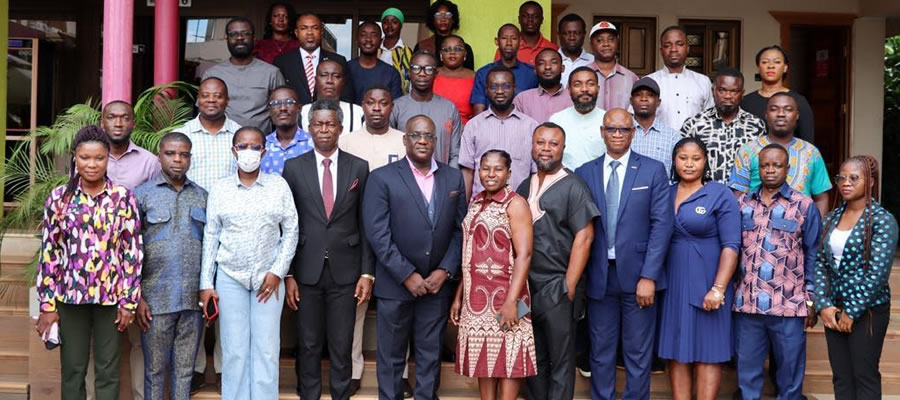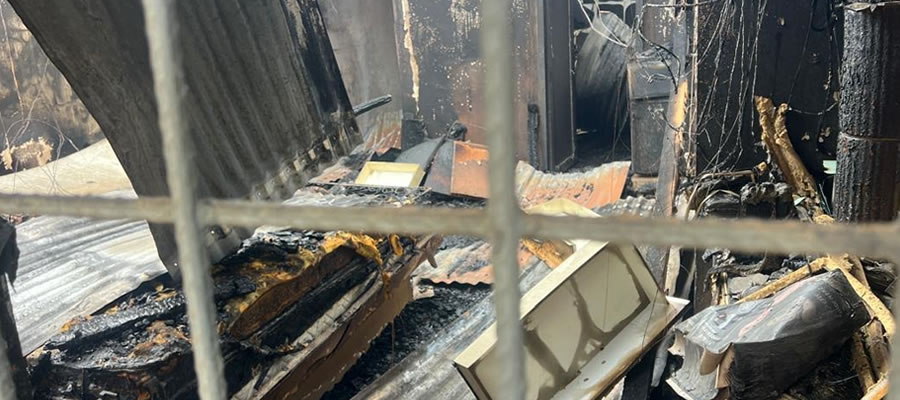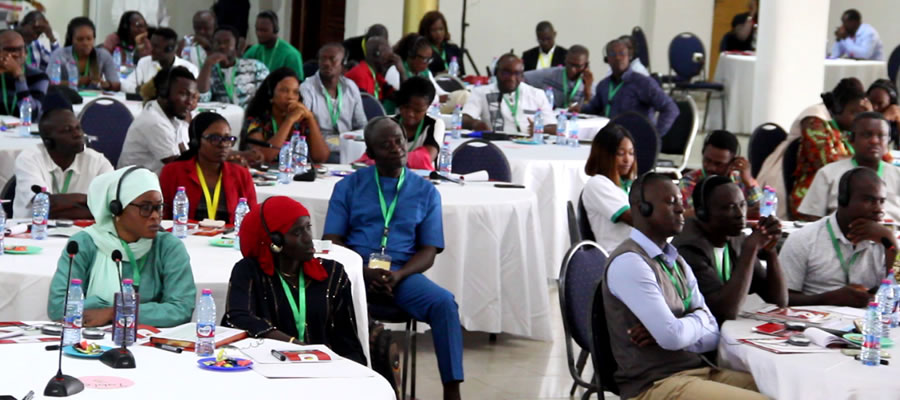

Main Source of Water for Drinking and for other Domestic Use
Main source of water for dwelling units for drinking
The availability of and accessibility to improved drinking water is an important aspect of the health of household members in particular for reducing the burden of diseases. The UN Millennium Development Goal (MDG) Seven aimed to reduce by half the proportion of people without sustainable access to safe drinking water by 2015 based on 1990 levels. The source of water supply particularly for drinking has a tremendous effect on the burden of disease. For instance, one of the main health benefits of clean drinking water supply is a reduction in diarrhea. Table 8.11 presents information on the main sources of drinking water for dwelling units in the Sunyani municipality.
Majority of urban households use pipe born inside dwelling (35.5%) as the main source of drinking water followed by public tab or stand pipe (18.5%). Pipe-born outside dwelling recorded more usage by urban than rural households. More households in the rural areas reported using bore hole or tube well as their main source of drinking water than urban. A significant proportion of rural households are recorded for using rivers or streams as a source of drinking water than urban households.
Main source of water for other domestic purposes
Quality water for domestic use is also not only important but essential for goodhealth. Table 8.12 shows that a higher proportion (36.1%) of urban households use pipe-borneinside dwelling units as against 10.4 percent in rural households. Public taps or stand pipes, bore-hole or tube well and pipe born outside dwelling are mostly by urban households than rural households. More rural households (26.3%) use riversor streams as the main source of water for other domestic activity than urban households constituting 1.3 percent.
Bathing and Toilet Facilities
Bathing facilities
Table 8.11 presents information on the type of bathing facility used by households by type of locality in the Sunyani Municipality. About 45.8 households use shared separate bathroom in the same.. . Almost half of households (45.8 %) in the district share separate bathrooms in the same house while 26.5 percent own bathrooms for their exclusive use.
Own bathroom for exclusive use accounts for 31.2 percent rural and 25.7 urban. Also, about one- tenth (10.5%) of rural households use open space around house as bathing facility as against 3.7 percent in urban households.
Toilet facilities
Table 8.12 presents the type of toilet facility in use in the Sunyani Municipality by households. Pit latrine recorded the highest proportion (49.2%) for rural households than urban households (15.8%) whiles the usage of public toilets by households was high in urban than rural households. Rural households recorded high proportion for no facility compared to urban households. On the other hand, higher proportion of households in urban areas (36.7%) use W.C as compared to a proportion of (15.7%) in rural households.
Method of Waste Disposal
Solid waste
Table 8.13 presents methods of solid waste disposal by type of locality in the municipality. Over half of households (52.5%) in the municipality dispose of their solid waste through public dump (container) of which 59 percent of households are in urban and 16.9 percent in rural. About 17.4 percent of households use public dump (open space) as a method of disposing waste whiles less than 10 percent of households (8.5 %) have their solid waste collected. More rural households (16.9%) burn their solid waste compared to 9.6 percent of urban households. Rural households representing 12.2 percent that buried their solid waste is more than urban households of 3.2 percent.
Liquid waste
Table 8.16 presents methods of liquid disposal by type of locality. Over a third (36.6%) of households throw their liquid waste unto compound while a little over one-fourth (22.9%) dispose of their liquid waste onto the street or outside. A small proportion of households (3.2%) in the municipality dispose of their liquid waste through the sewerage system. More than half (58.7%) of households that throw their liquid waste onto the compound are observed for rural than urban (32.5%).About 23.3 percent is recorded for urban households who throw liquid waste into gutters than rural households which constituite6.2 percent..
Disposal of liquid waste through drainage system into a gutter is reported to be high in urban households (12.9%) than rural households (5.4%).
Date Created : 11/20/2017 3:50:26 AM












 facebook
facebook
 twitter
twitter
 Youtube
Youtube
 +233 593 831 280
+233 593 831 280 0800 430 430
0800 430 430 GPS: GE-231-4383
GPS: GE-231-4383 info@ghanadistricts.com
info@ghanadistricts.com Box GP1044, Accra, Ghana
Box GP1044, Accra, Ghana